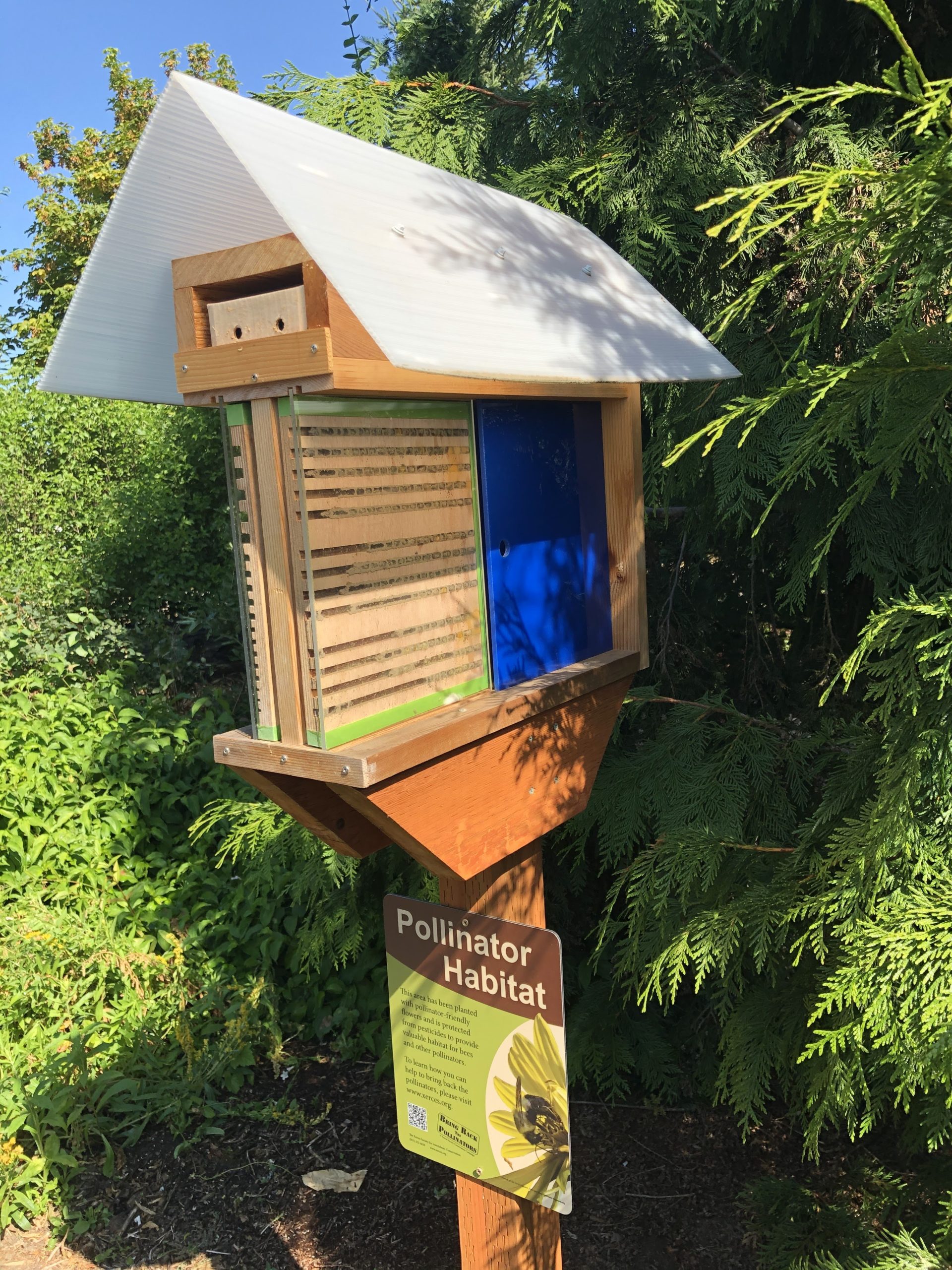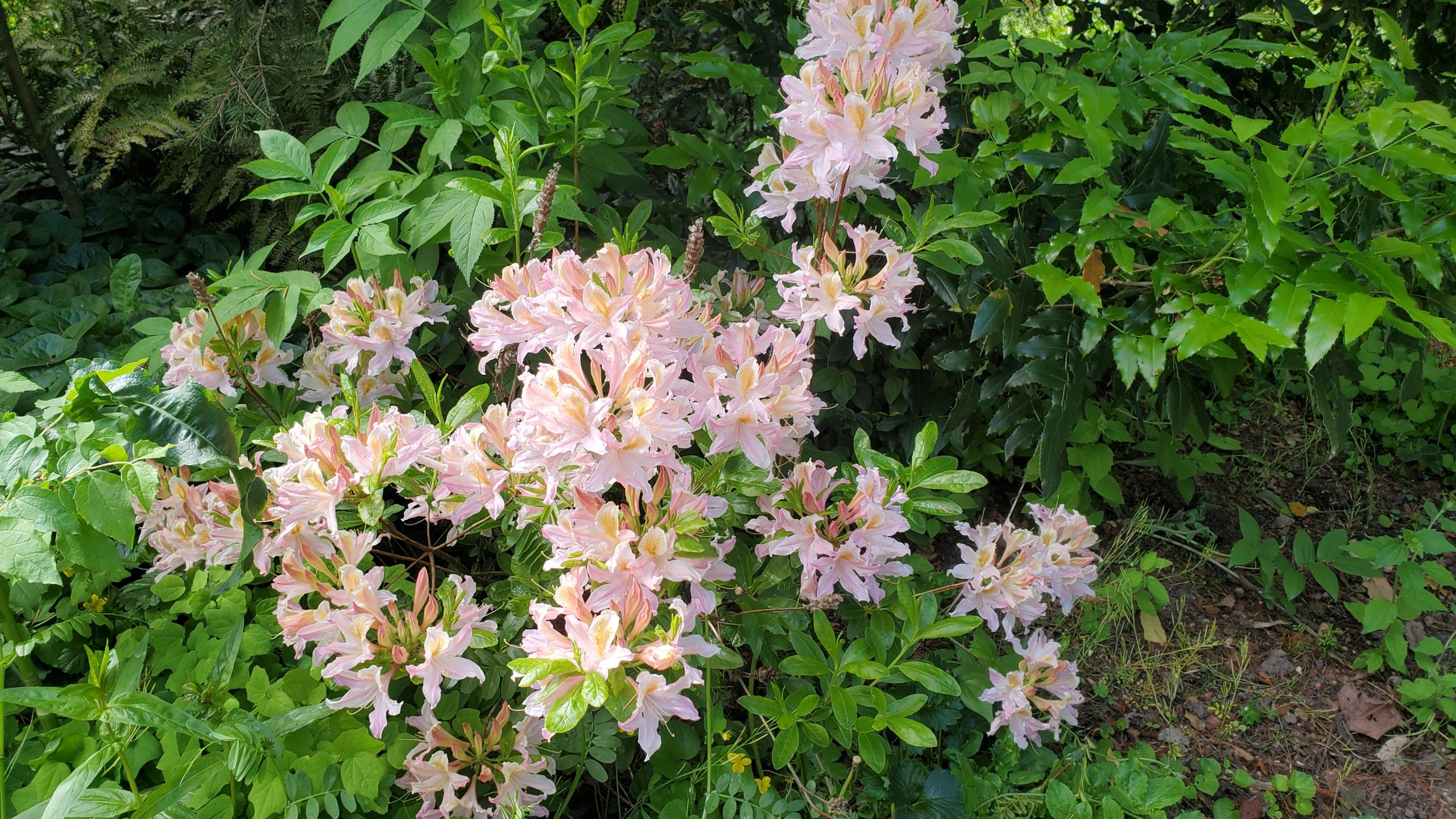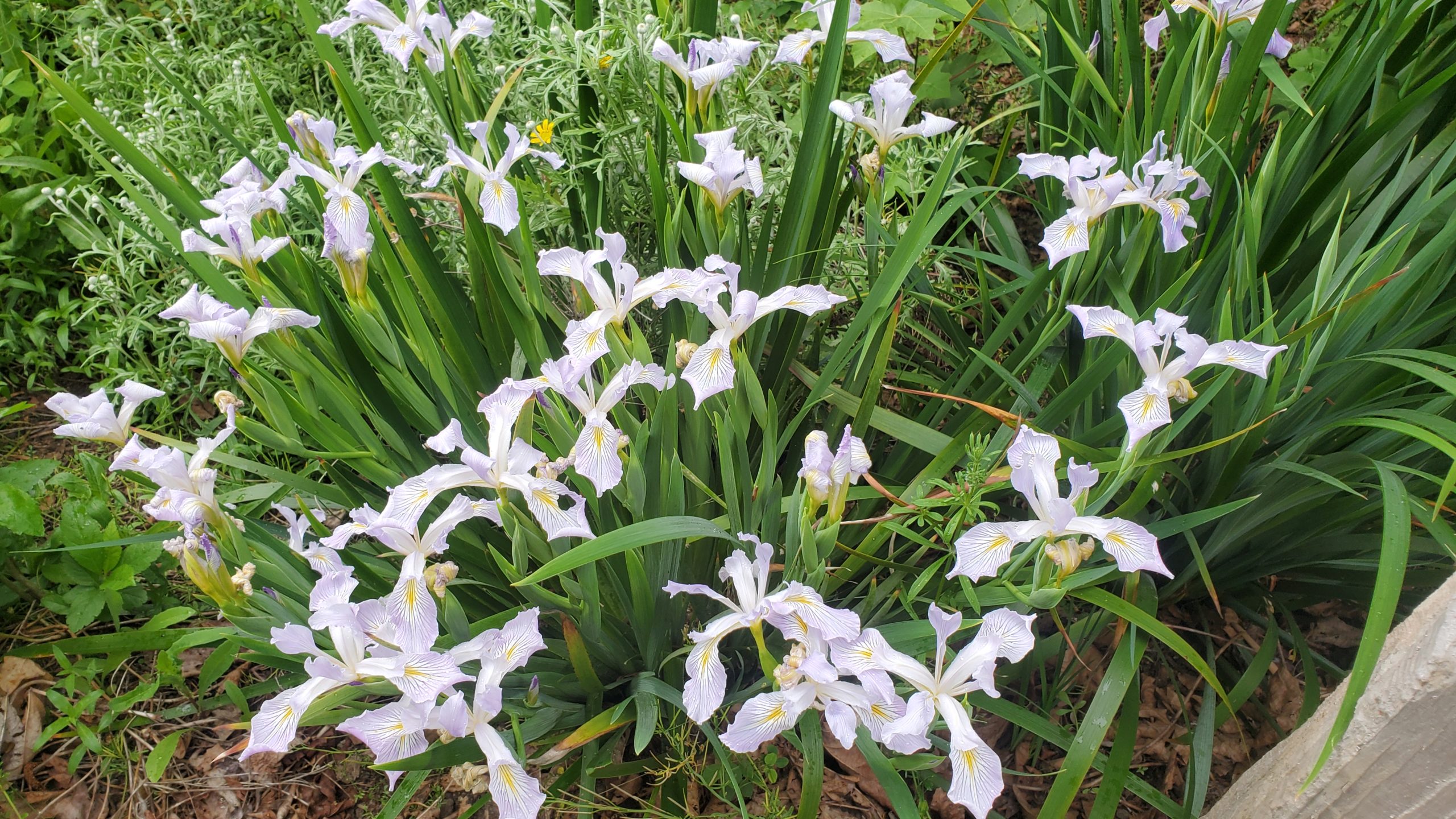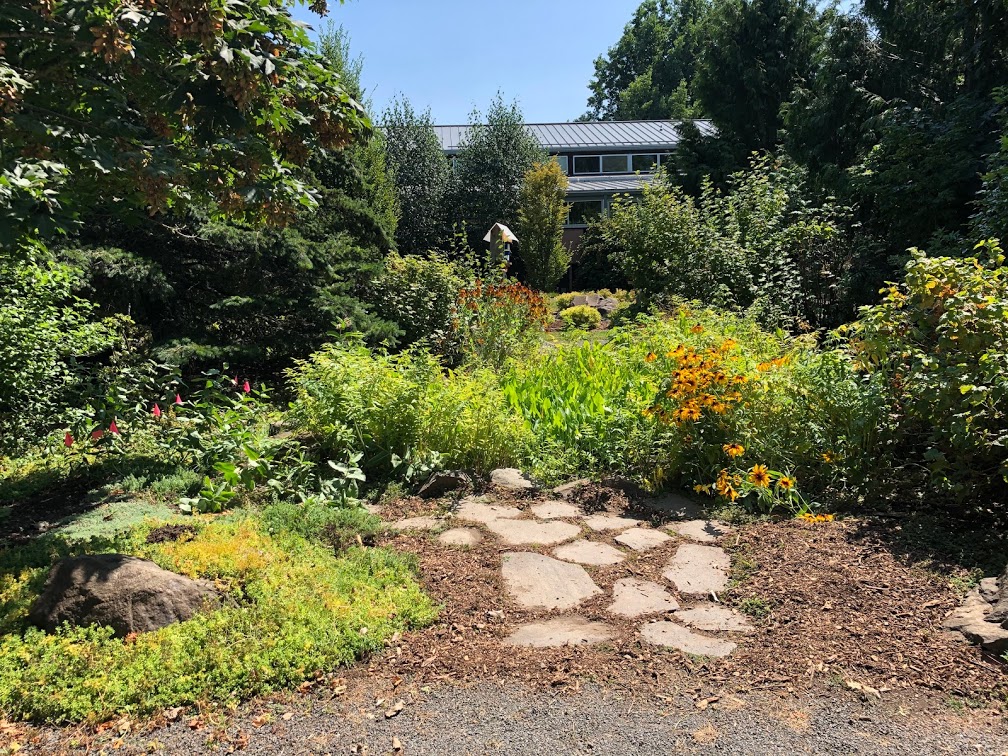Open Gardens Project – Featuring the City of Hillsboro’s Jackson Bottom Wetlands Preserve Habitat
Site Information: The City of Hillsboro’s Jackson Bottom Wetlands Preserve and demonstration garden is an amazing habitat for wildlife in Hillsboro. The demonstration garden site conditions range from part sun to shade and are dry.
What inspired you to enroll in the Backyard Habitat Certification Program?
Our “Backyard Habitat” is a little different than most because it was created at a city owned wildlife preserve, Jackson Bottom Wetlands Preserve. We wanted to create a demonstration garden that incorporated native plants, wildlife features, and water-wise techniques. The City of Hillsboro is also supporting the Backyard Habitat Certification Program and we wanted to be a positive example of how important this program is to sustainability, pollinators, and wildlife.
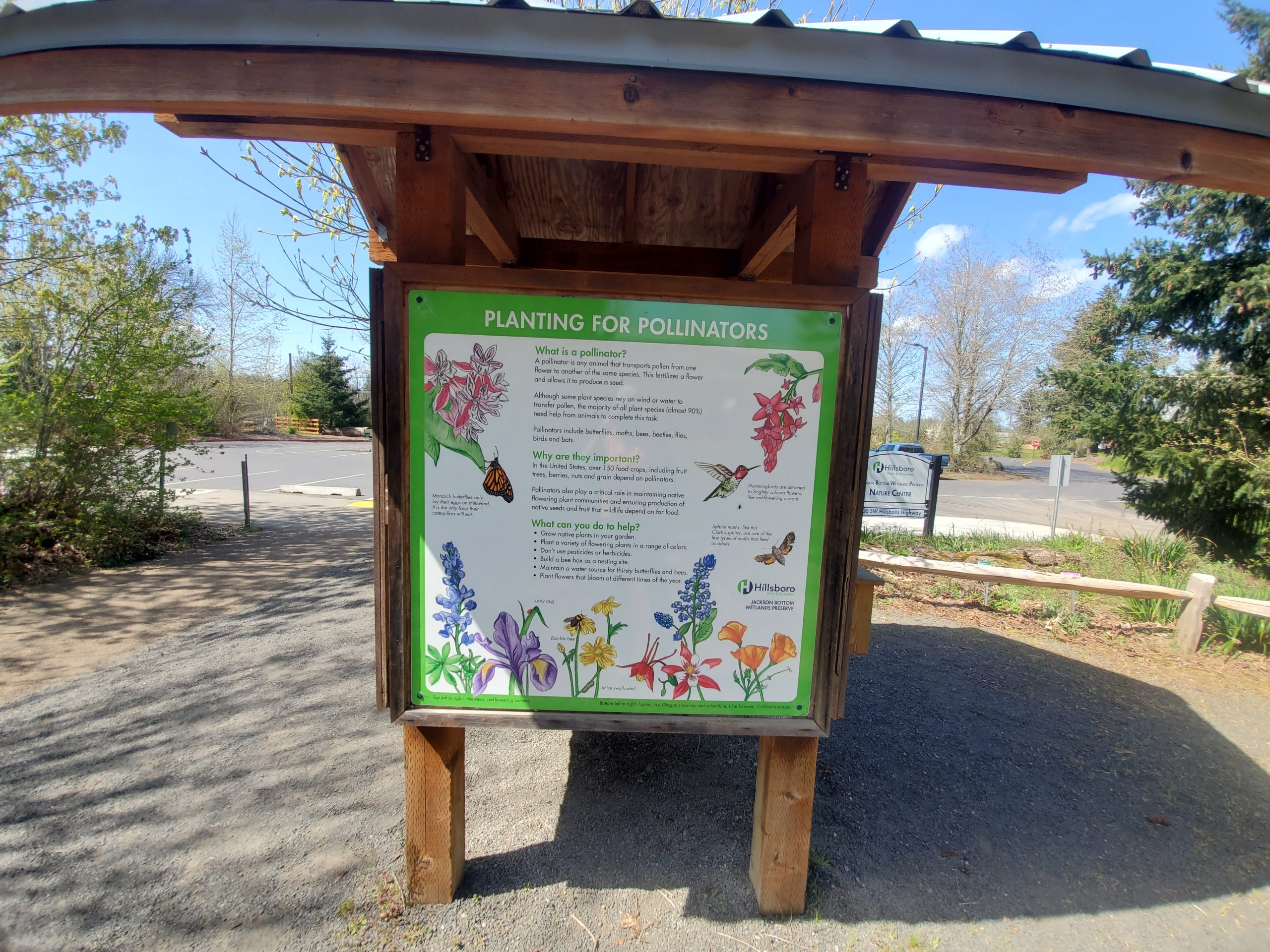
How would you describe your habitat?
Our backyard habitat is very wildlife focused. We have added a small pond for native amphibians, a water bubbler for birds, large woody debris, orchard mason bee nesting boxes, and lots of ground cover for small critters.


What are your top three favorite native plants and why do you love them?
We have so many great native plants in our garden but my top favorites are the western azalea (Rhododendron occidentale), tall Oregon grape (Mahonia aquifolium), and red-flowering currant (Ribes sanguineum) because they have beautiful flowers that are so beneficial to native pollinators.
What changes have you observed as a result of creating habitat?
The biggest change in the area is the amount and diversity of wildlife that uses the area. Before it was very open and dry with no groundcover or wildlife features and most wildlife avoided the area because it is heavily trafficked area by visitors. Now I have seen short-tailed weasels hunting in the garden, common garter snakes feeding in the pond, and rough skinned newts trolling through the understory. Hummingbirds and a variety of native bees are also very common visitors to all our flowering plants.
What were the two most significant challenges you encountered while creating habitat, and how did you address them?
The most significant challenge with the garden was/is weed control. We don’t want to use herbicide in the garden so we hand pull all the weeds. It can be a challenge to keep up on the weeding. To address this issue we mulch the area every year and just try to keep up on the work so it does not get too overwhelming.
What part of your backyard habitat are you most proud of?
This is a great garden for the public to come and see to get ideas and information about how to create their own Backyard Habitat. I am proud we could offer this to the public.
Is there anything else you’d like to add about your journey?
Jackson Bottom Wetlands would like to thank the City of Hillsboro Water Department for the significant funding to make this demonstration garden possible and the City of Hillsboro’s Office of Sustainability, Public Works, and the Parks Department for supporting the Backyard Habitat Certification Program. Many thanks to everyone for making this program successful.

